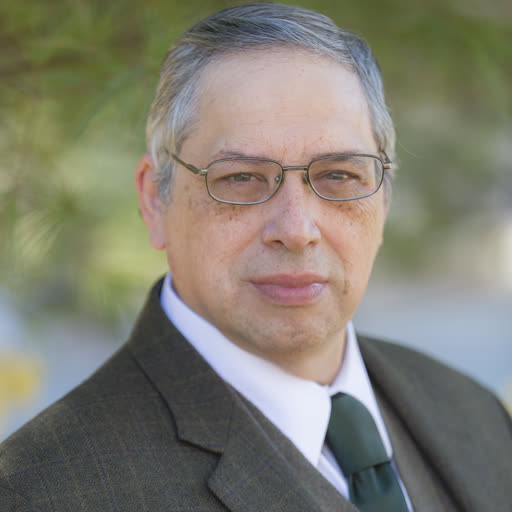Juan Burciaga
Pedagogical Methods Used
Peer Instruction / Think-Pair-Share, Collaborative problem-solving, Conceptually-oriented activities, Context-rich problems, Project-based learning, Guided inquiry, SCALE-UP / studio / workshop physics, Modeling Instruction, Mathematically-focused activities, Experimentally-focused activities, Tutorials, Just-in-time Teaching
Life Sciences Focus
My interest in the life sciences include anatomy & physiology, astrobiology, and bioengineering. But one my primary foci in the Scholarship of Teaching and Learning (SOTL) is the introductory physics course for the life sciences. An example was the inclusion of learning cycles, guided inquiry, extended investigations, and social construction into the IPLS lab that produced an environment akin to an undergraduate research experience. An environment that allowed even non-major students an opportunity to become accomplished at generating questions, modifying an inquiry, and participating in a community of scholars.
Education Research and Pedagogy Expertise
My interests lie in the area of the Scholarship of Teaching and Learning(SOTL), specifically curricular design, pedagogical theory, and educational supplements. Major projects have included the application of play theory to both the lab environment and the classroom, the pedagogical properties of textbooks, and developing inclusive learning environments. I have served as the Book Editor for AAPT, Physics Editor for the AAMC iCollaborative, the Education Officer for the NSHP, and I have worked with AAPT's CPUE to sponsor IPLS sessions and workshop at AAPT meetings. Also, I was one of the organizers for the 2014 IPLS Conference.
Describe the courses that you teach for life sciences students
Primarily, I teach two-semester IPLS courses. But I have taught at a number of schools and the IPLS course have varied surprisingly from school to school. I have taught both semesters of the IPLS course but the courses at some places have been calculus-based and other places algebra-based. There are time when the course is primarily life science students and there are other times when the students in the class are physics majors, pre-engineers, chemistry majors, and life science students. There are labs which are tightly correlated with the class and other situations where there is only a loose connection between lab and class.
What is your approach to teaching physics for life science students?
My classes incorporate a mix of pedagogies which I fine tune to fit the needs of my students. Characteristics of the classroom include mini-lectures, peer group discussions, and activities in a rhythm of change and engagement that I continually assess. When possible, concepts are discovered in guided-inquiry labs prior to being used in class and then expanded and developed in peer groups. When I include biological topics I emphasize the concept of biological systems.
CONTRIBUTIONS




